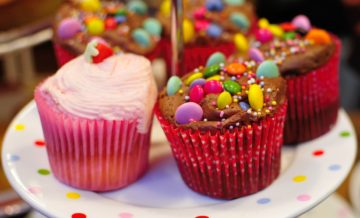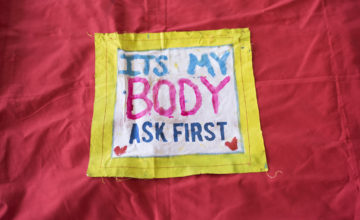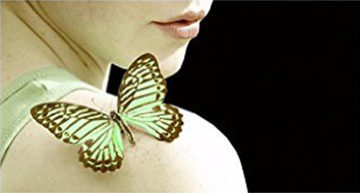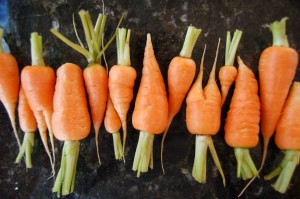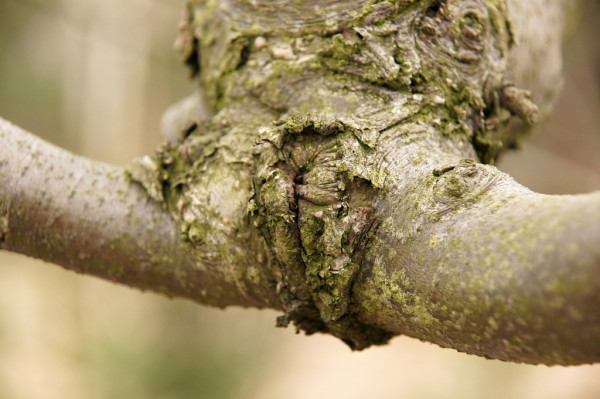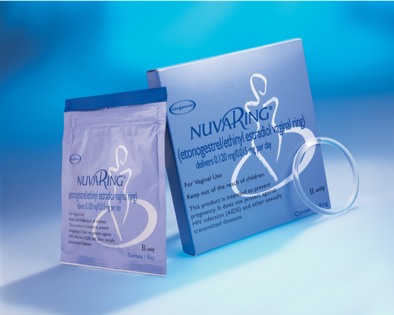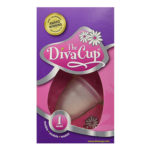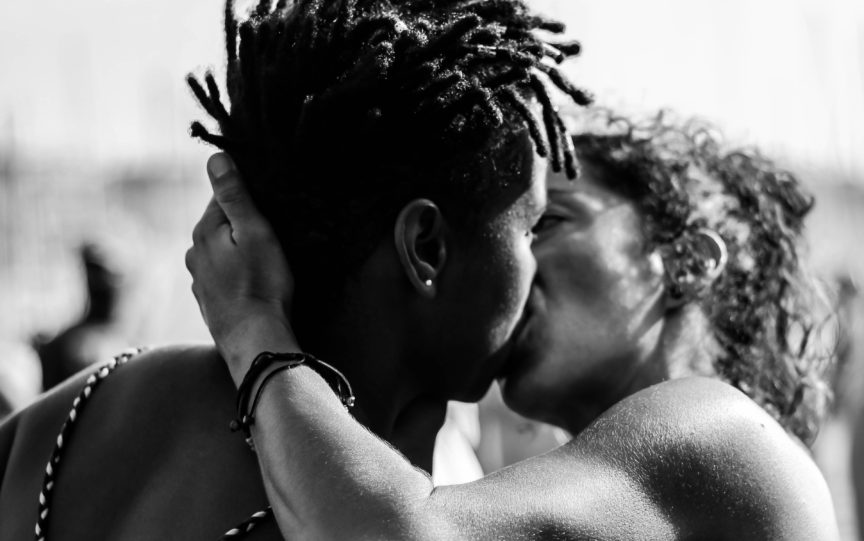
We once heard an interview on NPR with Sheril Kirshenbaum, author of the book “The Science of Kissing: What Our Lips Are Telling Us.” (It was was timed perfectly to come out about a month before Valentine’s Day). The question came up: Are we the only species that kisses? To which Kirshenbaum answered:
…Well, scientists have to be very careful when we want to talk about the emotions and the motivations of other species, because we can’t pretend to know what drives them. So instead of words like love, we’ll say things like mate selection or selective perceptivity. But then when you look around the animal kingdom, that said, we see a lot of behaviors that look a lot like kissing. As mentioned before, bonobos have been spotted to suck on each other’s tongues for about 12 minutes straight. We see turtles tapping heads, giraffes entwining their necks. I have a dog. Dogs will lick any noun – you know, person, place or thing. So we see a lot of similar-looking behaviors, and if we’re willing to broaden the definition of kissing to this kissing-like behavior, which is actually what Charles Darwin did, then I think that we can say that we do see similar behaviors in other species for reasons from affection to grooming to social hierarchy to conflict.
Which reminded us of this old (1990) book of photographs called “A Kiss Is Just a Kiss” that had a fun, little intro by the great Tom Robbins:
Kissing is the glory of the human species. All animals copulate, but only humans kiss. Parakeets rub beaks? Sure they do, but only those little old ladies who murder schoolchildren with knitting needles to steal their lunch money so they can buy fresh kidneys for kittycats could place bird-billing in the realm of the true kiss. There are primatologists who claim that apes exchange oral affection, but from here the sloppy smacks of chims look pretty rudimentary…No, random beast-to-beast snout friction may give narrators of wildlife films an opportunity to plumb new depths of anthropomorphic cuteness, but it doesn’t cut the cherub-flavored mustard in the osculation department.
There wasn’t a lick (no pun intended) of science in that intro. And while there’s a ton of science in Kirshenbaum’s book, we get the impression (from interviews and reviews — admittedly, we haven’t read it) that there aren’t a lot of hard and fast conclusions. Just best guesses. Which is just as well. Because it’s nice to leave a few things to the imagination, to the realm of poetry and wonder when it comes to love and romance. Robbins concludes:
No other flesh like lip flesh! No meat like mouth meat! The musical clink of tooth against tooth! The wonderful curiosity of tongues!



